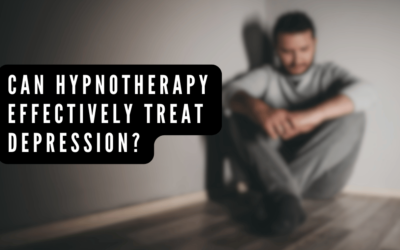There is much debate in the hypnotherapy world about whether or not there are different “levels” of trance that are important in therapy. Many people are convinced that trance depth has no relevance in therapeutic hypnosis. I think that most of the time for most people this is probably true, as it seems that the most profound personal changes can often be made in the lightest stages of trance. When people identify levels of trance depth, they are describing different levels of mental relaxation and trying to categorize different hypnotic phenomenon to those different stages of trance.
There are different scales of trance, but I have found Dave Elman’s description of trance levels to be the most useful for my purposes:
- Waking suggestion: suggestion given in a waking state. Most NLP and Time Line Therapy® Techniques make use of waking suggestion.
- Light Trance: this applies to everything less “deep” than somnambulism, which is usually thought to be a fairly deep trance state.
- Somnambulism: this is a medium to deep trance state, which is useful in regression therapies and parts therapy (AKA ego states therapy).
- The Esdaile State: this is a VERY deep trance state that is used with hypnotic childbirth techniques and in some other medical and dental applications of hypnosis.
- What Dave Elman called “Hypnosis attached to sleep.”
If I determine with my client that greater hypnotic depth is necessary, such as for hypnotic regression or parts therapy, we might use a deepener technique, such as a suggestion, fractionation (repeated induction), or by embedded metaphor.
If you have any questions on trance depth, please contact William Wood CHt at 385-432-0729 or [email protected] . You can visit my website at www.northernutahhypnosis.com
I wrote this article as part of a continuing education course at www.modernjedi.com


